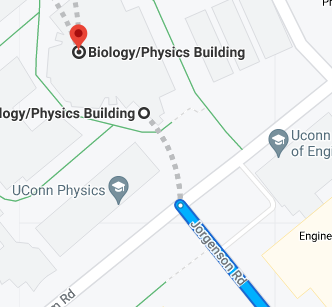 UConn Gives, the annual 36-hour fundraising event at UConn, will be taking place on April 21 and 22. Every year, the UConn community rallies to support many different causes on campus, including our own Campus Sustainability Fund and the UConn@COP Fund!
UConn Gives, the annual 36-hour fundraising event at UConn, will be taking place on April 21 and 22. Every year, the UConn community rallies to support many different causes on campus, including our own Campus Sustainability Fund and the UConn@COP Fund!
The Campus Sustainability Fund (CSF) finances programs and initiatives that support students and advance UConn’s position as a global leader in university sustainability. Contributions to the CSF provide critical funding of transformative learning experiences for students including hands-on professional development through internships and research projects that nurture our natural environments, improve health and wellbeing, and enhance environmental justice in the communities which we serve. The CSF also funds our experiential learning events such as the Haunted HEEP, the UConn-famous annual haunted trail walk at the Hillside Environmental Education Park.
The UConn@COP Fund supports the UConn@COP Fellowship program, helping the OS send a cohort of students each year to the annual United Nations Conference of the Parties. Through UConn@COP, students have participated in panels at international press conferences, networked with global environmental leaders, and heard from and interacted with international delegates and core members of international environmental justice movements. UConn@COP is an incredible, transformative experience for fellows, and it would not be possible without the support of generous donors!
Every donation, big or small, means so much! Thank you to everyone for supporting sustainability achievements and the environmental leaders of tomorrow!



 stainability issues like environmental justice, agriculture, energy or more? Does your club want to be more involved? Let’s connect!
stainability issues like environmental justice, agriculture, energy or more? Does your club want to be more involved? Let’s connect!